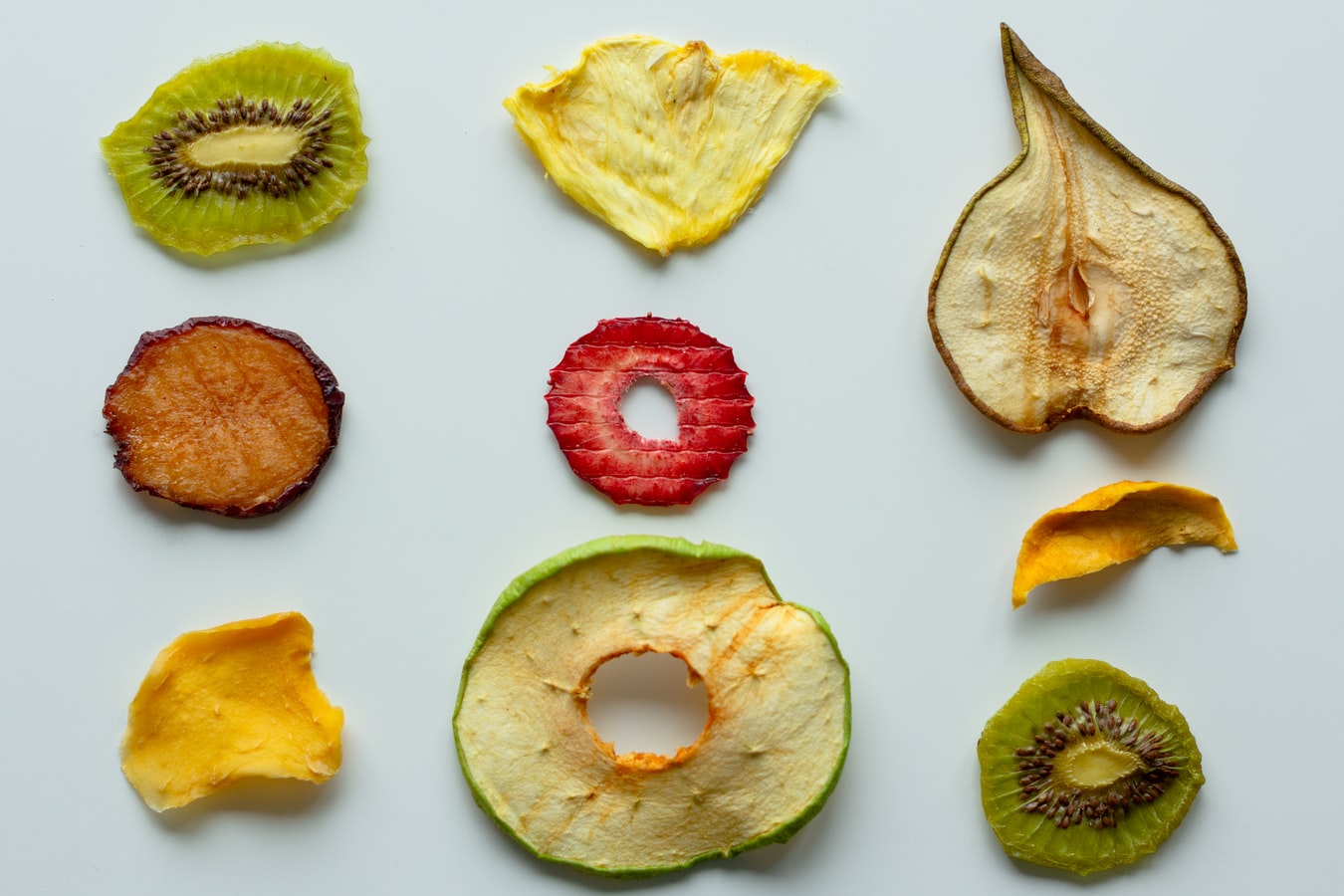
I'm sure you've heard both sides of the argument about dried fruit. Some people say that you might as well be eating spoonfuls of sugar, while others claim that dried fruit is a very nutritious food. Let's dive in to learn more about dried fruit, and whether it's good or bad for you.

Dried fruit production dates back to the earliest civilizations, as the process extended the shelf life of fresh fruit. Refrigeration is not needed to keep dried fruit.
It's made by drying the fruit naturally (sun drying) or by using other methods (like dehydrators). The drying process removes most of the water from the fruit, shrinking the fruit into a dense, delicious snack.
Some production methods involve infusing the fruit with sweeteners before drying. Cranberries are most commonly infused with sweeteners before drying. Other production methods involve coating the fruit with sweeteners, resulting in candied fruit. Mangoes, papayas, and pineapples are a few examples of fruits that are commonly candied.
The most commonly dried fruit is a grape (resulting in a raisin). Other popular dried fruits include prunes (dried plums), apricots, and apples.

Studies have shown that consumption of dried fruit may be associated with improved nutrient intakes, a higher overall diet quality, and lower body weight.
Other studies have shown that dried fruit contains protective antioxidants, which protect your body from oxidative stress.

Dried fruit naturally has a high sugar content. Fresh fruit has a relatively higher water content compared to dried fruit, and the removal of most of the water content concentrates the sugar. However, this also concentrates the nutrients!
Here's how much sugar a 100 gram serving of the following dried fruits has:
Here's how many calories a 100 gram serving of the following dried fruits have:

As mentioned earlier, some dried fruit has been soaked in sweeteners or coated with sugar before or after the drying process. While this certainly may make the snack tastier, added sugar is rarely a healthy part of any diet.
Many people already consume more sugar than is necessary or recommended by diet experts. It's worth noting here that studies have shown that there may be a relationship between higher sugar consumption and increased risk for cardiovascular disease mortality.
Most dried fruit is naturally sweet, so you should consider avoiding dried fruit with added sugar. Please read the ingredients label carefully to help you make an informed decision.